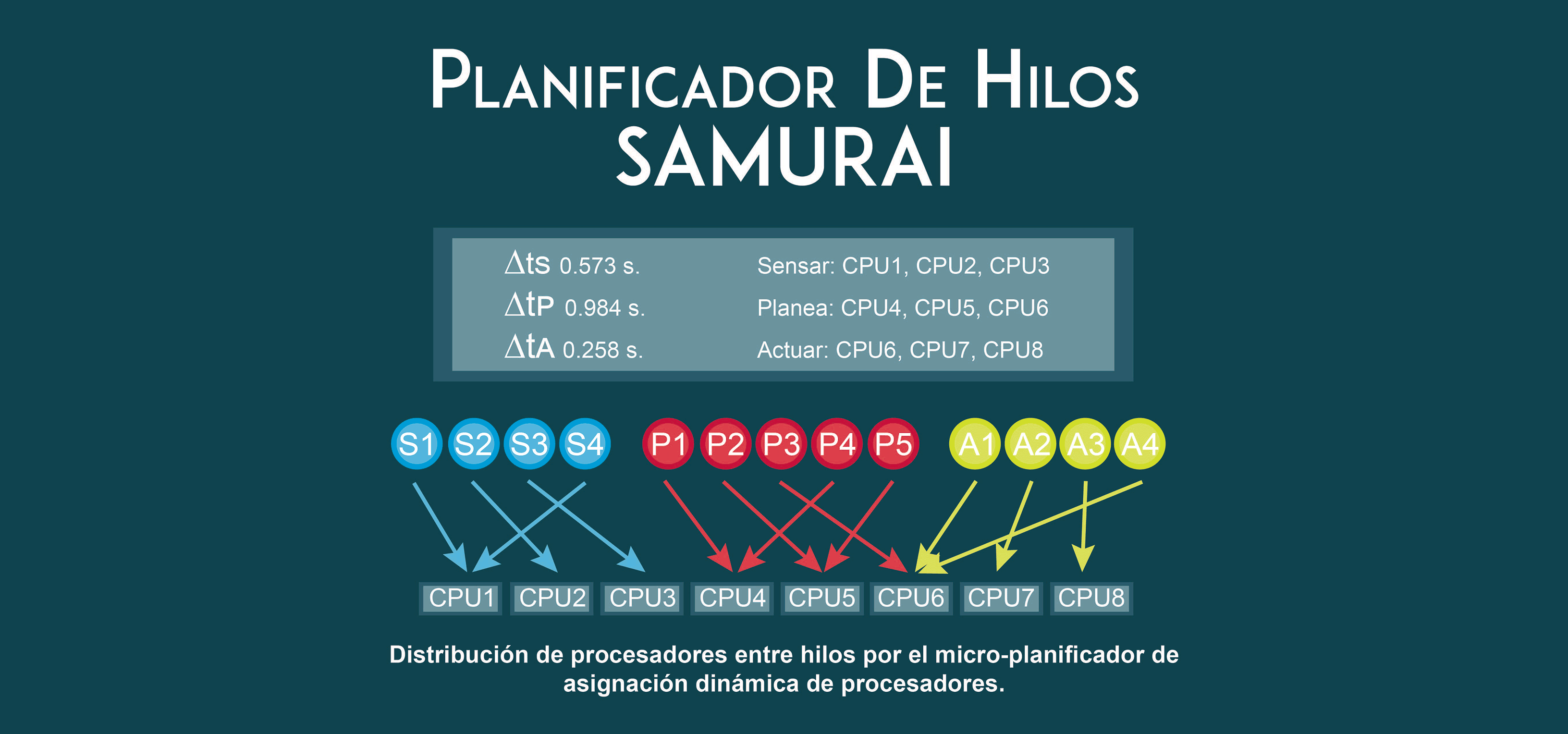SAMURAI Architecture
Over the past years, our dedicated efforts have been invested in the development of the project SAMURAI, a robotic architecture, designed to proficiently operate and control a diverse family of multiple heterogeneous mobile robots, encompassing both commercial models and bespoke platforms. SAMURAI, an acronym for Sistema de Arquitecturas de MUltiples Robots Autonomos Integrados in Spanish, is the cornerstone of our laboratory's robotics framework. The unique strength of SAMURAI lies in its ability to homogenize a myriad of features exhibited by robots with significant physical and functional variations. These distinctions encompass diverse aspects, including mechanical structures, locomotive devices, onboard sensors, and software drivers. In essence, the SAMURAI architecture seamlessly conceals the disparities among robotic platforms for human users. This homogenization occurs at the kernel system level, providing a unified interface and experience regardless of the underlying robot's specifications. Each robotic platform is equipped with a specialized firmware in its onboard computer, constituting minimal systems. A distinctive capability for self-configuration with respect to both software and hardware is facilitated by:
- The robots' onboard firmware.
- The robots' onboard special hardware.
- The drivers for robot and local system (client) interaction.
- The kernel modules.
Figure: Multi-threaded Conceptualization and Planning, and Dynamic Multi-core Allocation.
